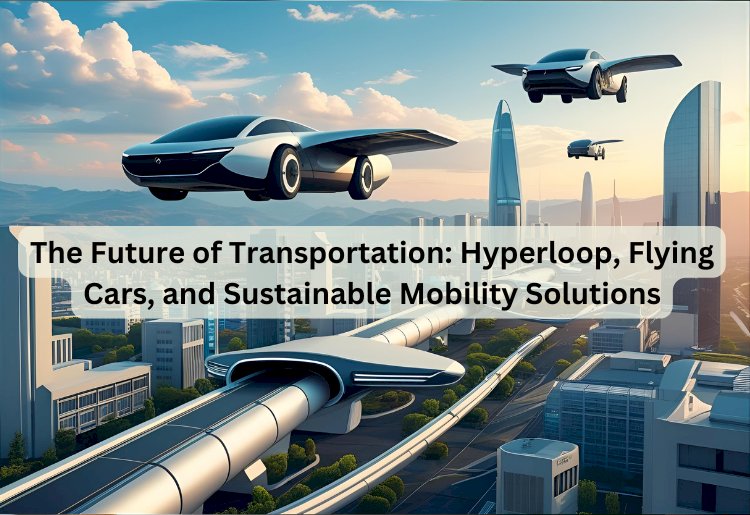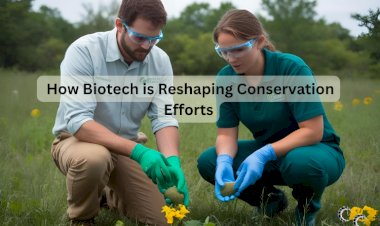The Future of Transportation: Hyperloop, Flying Cars, and Sustainable Mobility Solutions

Transportation is on the brink of a revolution. As technology advances and environmental concerns grow, innovators are reimagining how we move from place to place. From high-speed vacuum tubes to flying vehicles and green-powered transit systems, the future of mobility is shaping up to be faster, cleaner, and more connected than ever before.
Hyperloop: The Next Era of High-Speed Travel
The Hyperloop concept, popularized by Elon Musk, aims to transport passengers in pods through low-pressure tubes at speeds exceeding 600 mph. This ultra-fast system could cut travel times between major cities from hours to minutes. Advocates highlight its potential to reduce traffic congestion and carbon emissions, while critics point to engineering challenges, safety concerns, and high costs. Still, several companies are actively testing prototypes, signaling that this futuristic vision might soon become reality.
Flying Cars: From Science Fiction to Takeoff
Once reserved for sci-fi films, flying cars—more formally known as eVTOLs (electric vertical takeoff and landing vehicles)—are becoming a tangible part of urban mobility plans. These aircraft promise to bypass ground traffic entirely, offering point-to-point travel across cities and regions. Major aerospace companies and startups are developing models aimed at ride-sharing markets, though airspace regulation, infrastructure, and safety will need to evolve before they become mainstream.
Sustainable Mobility Solutions
Sustainability is a driving force in transportation innovation. Electric vehicles, hydrogen-powered buses, and solar-assisted public transport are rapidly expanding. Micro-mobility solutions like e-bikes and scooters are transforming short-distance travel, while smart city planning integrates efficient public transit with pedestrian-friendly infrastructure. The ultimate goal is to reduce carbon footprints, improve air quality, and create equitable access to transportation.
Challenges and Opportunities Ahead
While these technologies are exciting, they face hurdles—regulatory frameworks, infrastructure investments, and public acceptance. Yet the opportunities are equally vast: reduced commute times, greener cities, and more interconnected societies. By combining cutting-edge engineering with sustainable policies, the transportation sector could usher in an era of unprecedented mobility.
The road—or perhaps the sky—ahead is full of possibilities. Whether you’re envisioning zipping between cities in a Hyperloop pod, hailing an air taxi above urban traffic, or cruising in an emission-free vehicle, one thing is clear: the future of transportation is coming faster than we think.





























